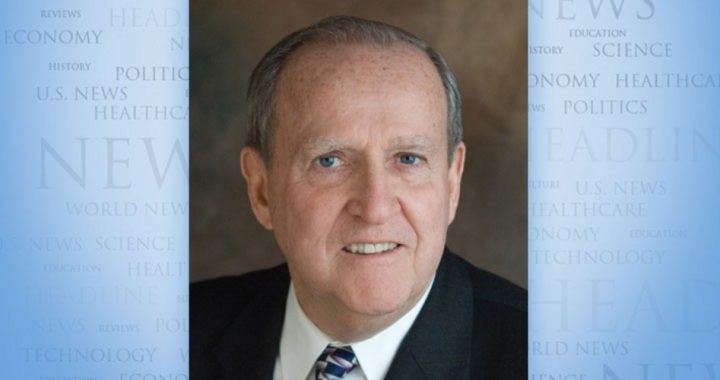
Perhaps the most important issue for America’s voters in 2016 is the future staffing of the U.S. Supreme Court. There are long lists of other matters to be considered by whoever becomes the next President and which party dominates both houses of Congress. But whoever gets tapped for the Court and survives the Senate confirmation hearings will, because a place on the Court is a lifetime appointment, be in a position to shape much of what happens for decades.
Currently, the Court is divided 4 to 4. Half of the eight justices are solid liberals and the other half lean toward conservative values. Since the death of Antonin Scalia, there have already been 4 to 4 rulings, a standoff that temporarily leaves the matter in favor of the previous ruling rendered by a lower court. If there is no previous ruling, the matter at hand will likely be brought before the Court after the vacancy is filled.
The current liberal-leaning justices include Ruth Bader Ginsburg, Stephen Breyer, Sonia Sotomayor, and Elena Kagan. Those of a more conservative bent are Chief Justice John Roberts, Anthony Kennedy, Clarence Thomas, and Samuel Alito.
The age of several justices makes it virtually certain that filling the seat formerly held by Justice Scalia will not be the only vacancy to be filled.
Among the liberals, Justice Ginsburg has lasted much longer on the court than most expected – possibly even herself. At 83 and with a history of pancreatic cancer which she seems to have survived quite well, she almost surely will opt to retire soon. Stephen Breyer is 77 years old and might also retire. Sonia Sotomayor (57 years old) and Elena Kagan (51 years old) can be expected to hold their places for many more years.
On the conservative side, 79-year-old Anthony Kennedy leads in age and it would surprise few if he soon decides to step away. When there were nine justices, Antonin Scalia could regularly be found in the conservative camp and Anthony Kennedy frequently held what has been called the swing vote. The other conservative-leaning justices, each more solid than Kennedy, are John Roberts (age 61), Clarence Thomas (age 68) and Samuel Alito (age 61). None of these three are expected to retire anytime soon.
There is little doubt about the choices Hillary Clinton would make if she becomes the nation’s 45th President. She would choose liberals. Should Donald Trump become the nation’s chief executive, his choices for places on the Supreme Court would likely lean conservative though that lean would not be not as pronounced as would be the liberals Clinton would nominate.
In mid-May, Trump took the unusual step of naming 11 men he would consider for places on the high Court. His list drew sharp criticism from Nan Aron, the president of the liberal Alliance for Justice Action Council, who was particularly upset that Trump’s list contained the names of many she insisted to be “hostile” to “reproductive justice, and environmental, consumer and worker protections.” On the conservative side, Ed Whelan, a former clerk to Justice Scalia, called the Trump choices “a good list of some outstanding judges who give ample sign of being faithful to the Constitution.”
America’s Founders expected the Supreme Court to be the least powerful of the three branches of government. But their attitude has largely been cast aside because the Court now makes law. Because such great power resides in the judgments of the nine seated at the Court, America’s voters should hardly overlook what the future makeup of the Supreme Court will be when they pull a lever or ink a ballot in November.
John F. McManus is president emeritus of The John Birch Society. This column appeared originally at the insideJBS blog and is reprinted here with permission.



